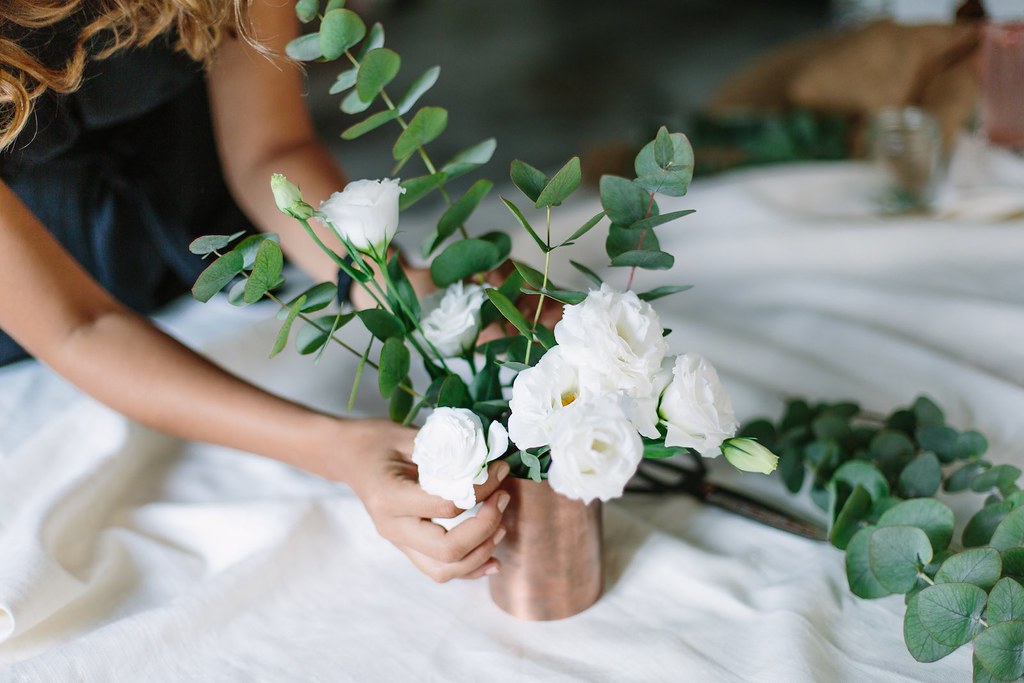 |
| Photo credit: gettyimages |
There are a few techniques you can use to plan out your project, and to save a bit of money. The key is to get organised early on, know your budget, and bear these tips in mind.
1. Consider everything
| Photo credit: DP Mattinson Ltd UK |
A tin of paint doesn't cost much, but when you add in lampshades, curtains, rugs, potted plants, photo frames, the price tag racks up quickly. Make sure you set aside an amount of money for all these little things early on, or else you will be waiting for your next pay cheque to finish the job.
2. Reuse what you can
| Photo credit: bhg.com |
Your sofa is still perfectly comfortable but doesn't fit the new design? Try a new throw over the top to save you so much. Dining chairs the wrong colour? Try staining the wood and reupholstering the cushions. Chest of drawers that doesn't fit the style? Try changing the handles. Good furniture is very expensive and you'll give yourself so much more room to experiment and buy quality if you can reuse a piece.
3. Go for a bargain
| Photo credit: hughesremovals.co.uk |
Once you've decided what furniture you absolutely have to buy, shop around for the best place to buy it. There are so many furniture sales throughout the year, especially beginning in January, that unless you want something very specific you'll be best off timing the revamp of your home to coincide with one. If you're looking for designer style furniture but don't want to pay the hefty price, shop around online stores for pieces inspired by major trends, though make sure you trust the quality before you buy. Look out for vouchers or online discounts and search for the piece online to see if you can find it for cheaper elsewhere. And don't be afraid to look for second hand furniture, particularly in a specialist shop where you can be more certain the item is of a good quality.
4. Design with your budget in mind
 |
| Photo credit: ArtFilesVicky on Etsy.com |
If you're the sort of person who wants a constantly up-to-date home, but has a relatively small budget, then you need to be looking for relatively neutral furniture. Use soft furnishings and small items like art, mirrors and vases to change and update the look as different trends come and go.
But if you have one style in mind that you want to keep for years, then don't try to do it all at once. If you can slowly build up your design, piece by piece, then you'll end up with a better quality of furniture in your space, and so a better design as a whole.
5. Prioritise
 |
| Photo credit: frenchfancy.com |
Make sure you look for the pieces that are most important to you first. If your room revolves around a statement chair, look for that first, and allow the biggest portion of your budget for that. If you're not sure where to start, look for the pieces that will catch your eye. They're the ones you'll look back to again and again, so they should be good quality.
It can be pretty straightforward to update your home if you know your budget and your priorities. If this post has helped with your project, don't hesitate to let me know or to share!

































